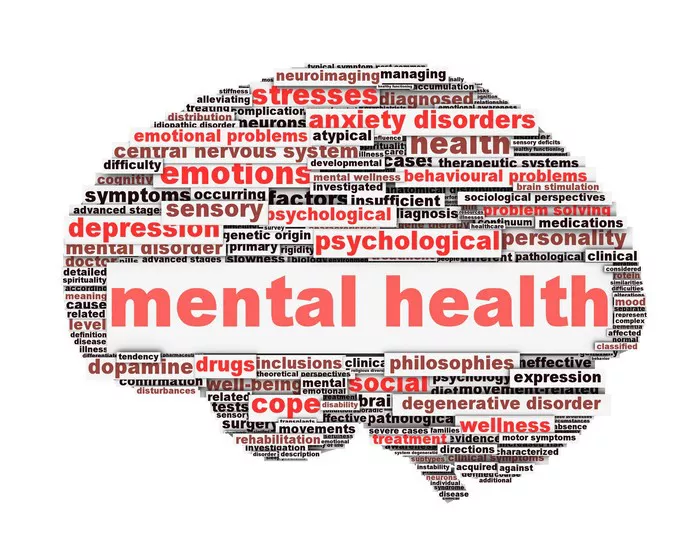A study from the University of California, Santa Barbara, reveals that government transparency can significantly reduce pollution and improve public health. Researchers Sarah Anderson and Mark Buntaine, from UC Santa Barbara’s Bren School of Environmental Science & Management, conducted a field experiment with cities in China, showing that greater transparency in government activities leads to cleaner air and better health outcomes. Their findings are published in the Proceedings of the National Academy of Sciences.
According to Anderson, “We now know that policies promoting transparency can improve the governance of environmental issues like pollution.” Buntaine, the lead author of the study, added that these results suggest transparency helps enforce environmental policies more effectively. When governments make information about their actions easily accessible, businesses are more likely to reduce pollution, which results in better environmental conditions. These findings have implications for countries like India, Indonesia, and the United States, where transparency could help improve the implementation of environmental laws.
The researchers aimed to investigate whether increased transparency leads to better enforcement of pollution laws and cleaner air. However, studying transparency in government can be difficult. Buntaine explained, “Governments that are more transparent often have other characteristics that make them more effective overall, so it is hard to separate the effects of transparency from other factors.” The goal of the study was to isolate the impact of transparency itself on environmental outcomes.
To achieve this, the team conducted a randomized experiment in 50 cities across China. Half of the cities were publicly rated on how transparently they shared environmental data, such as air quality reports and pollution inspections, while the other half were not rated. The researchers found that the rating system increased transparency in the treated cities. By tracking pollution violations, government inspections, and air quality over several years, the team was able to isolate the impact of increased transparency on pollution levels.
The results were striking. In cities where transparency was increased, high-polluting companies reduced their violations by 37%, government inspections increased by 90%, and air pollution dropped by 8-10%. Remarkably, this occurred without any direct public pressure, such as increased citizen complaints or media attention. The researchers were surprised by how strongly businesses responded to the increased transparency, suggesting that the threat of government scrutiny played a major role in motivating companies to reduce pollution.
Buntaine emphasized, “This study provides strong evidence that transparency is a powerful tool for better governance and can lead to significant improvements in public health and environmental protection.” These changes, the researchers noted, saved thousands of lives.
The findings highlight the real-world impact of transparency, showing that it can lead to meaningful environmental improvements. The study suggests that policymakers should embrace transparency as a practical way to achieve better environmental and public health outcomes.
Related Topics

































